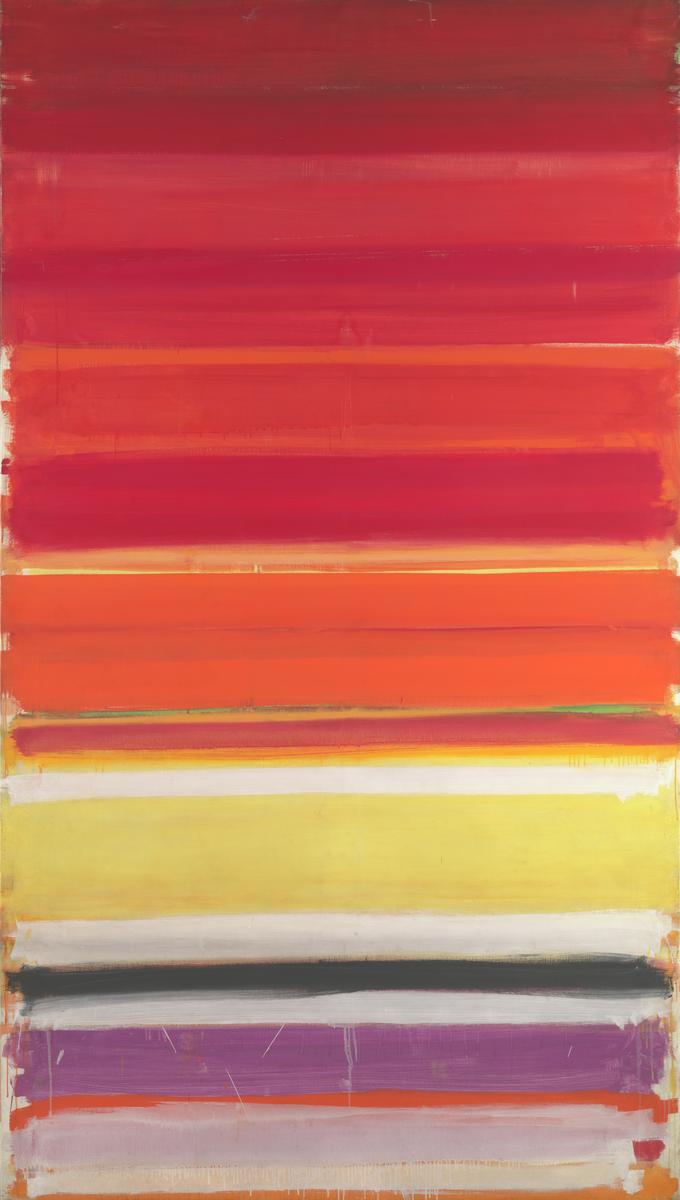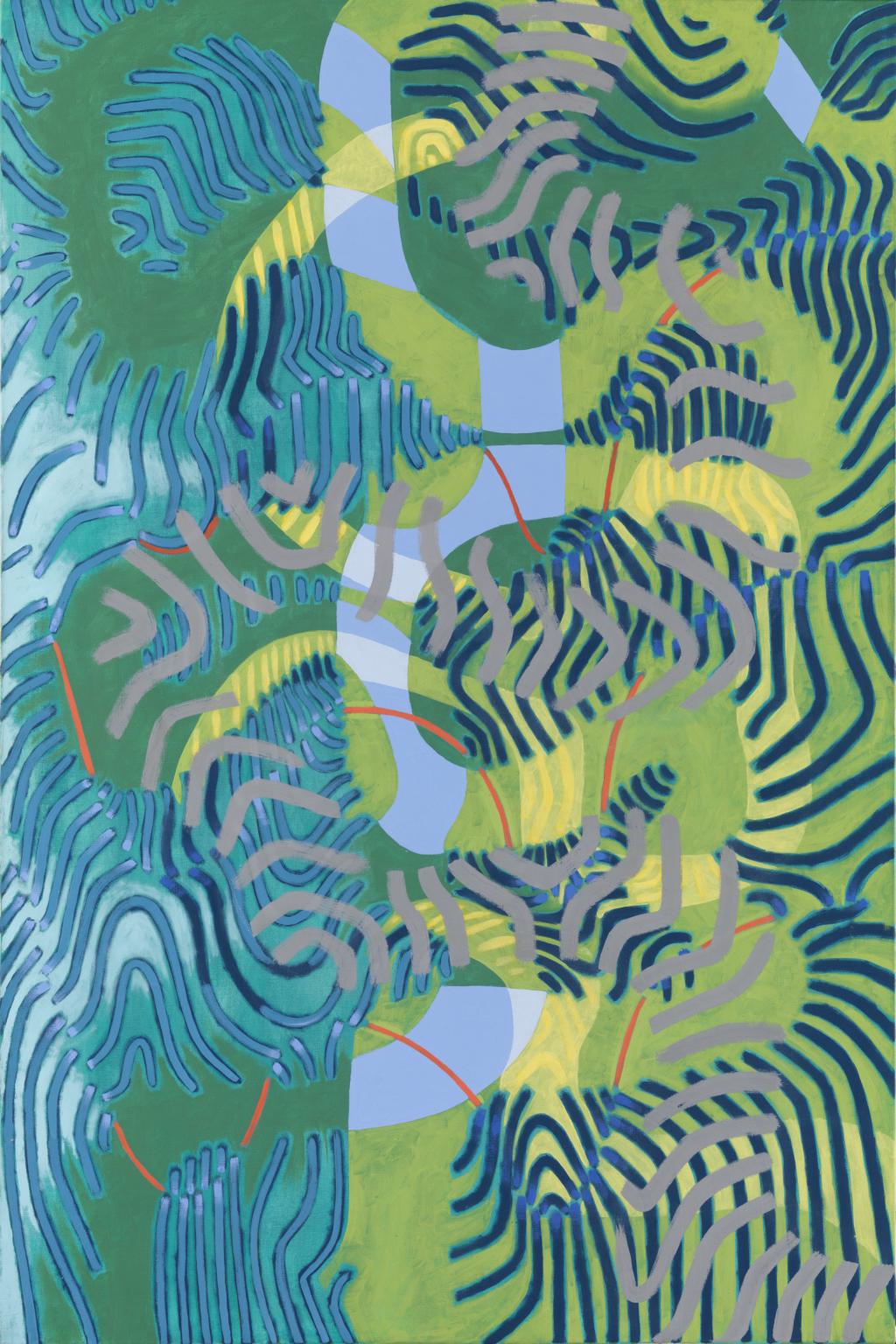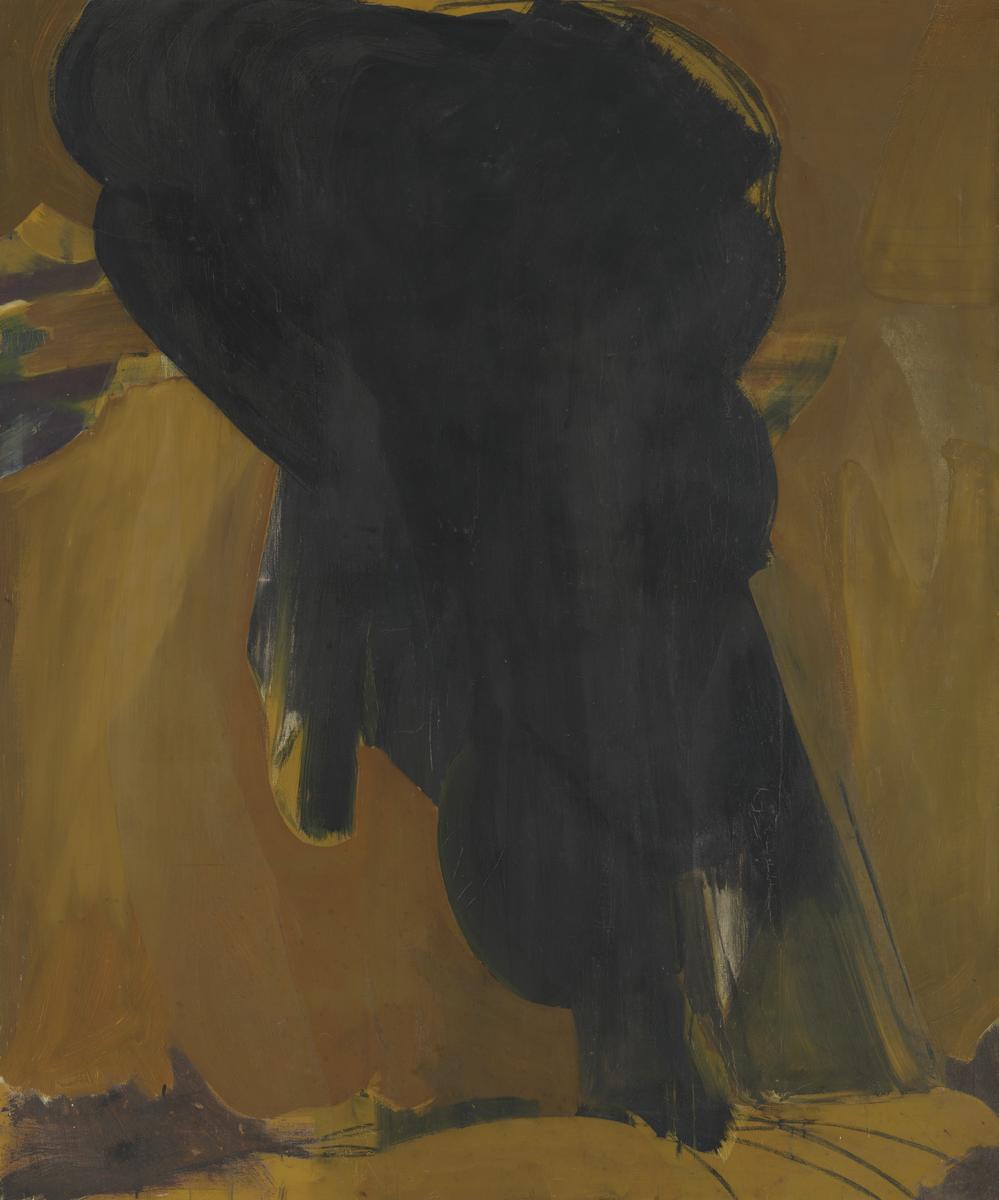Colourful and lively acrylic paint installation by the American conceptual artist Sol LeWitt
Sol LeWitt was seminal in establishing the notion of ‘conceptual art’ during the 1960s. Wall Drawing #1136 Curved and straight color bands 2004 is one of a number of highly coloured wall pieces he made. It includes seven vibrant colours to create an overwhelming chromatic environment that envelopes the viewer. The curve, snakes along the wall. Every band in the wall drawing is of the same width and there is no area left empty of colour.
It has been produced for Tate St Ives by a team of draftspersons, guided by an assistant from the artist’s estate.
The ARTIST ROOMS national programme and collection is managed by Tate and National Galleries of Scotland with the support of Art Fund, Henry Moore Foundation and the National Lottery through Arts Council England and Creative Scotland. Its founding collection was established through The d’Offay Donation in 2008 with the assistance of the National Heritage Memorial Fund, Art Fund and the Scottish and British Governments.
With thanks to the LeWitt Estate
Tate St Ives
Level 2
1 February 2022 – 12 November 2023
Entry to both the display and the gallery is free for Tate Members, Locals' Pass holders and under 18s.
Become a memberArt in this room
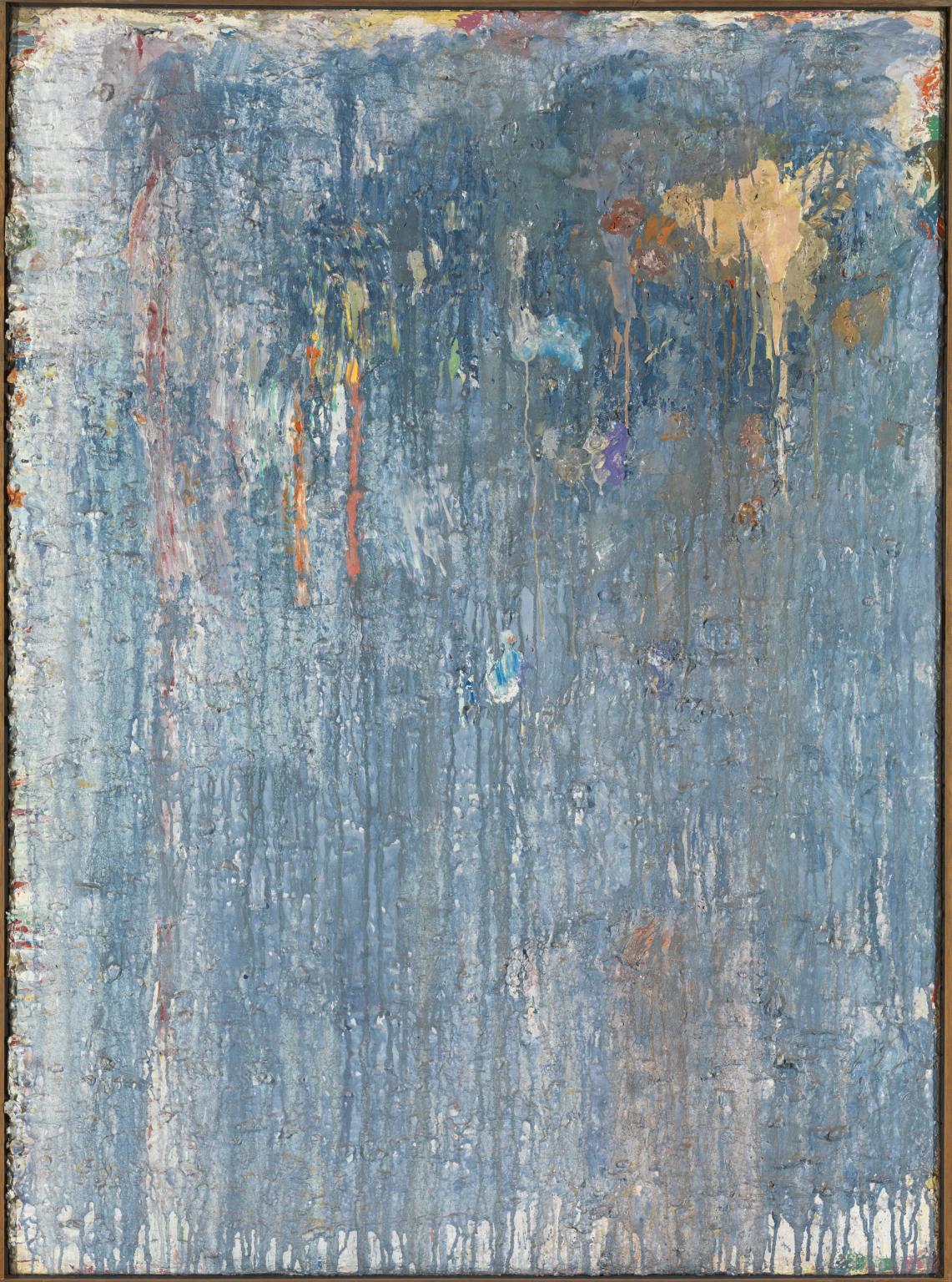

Sorry, no image available
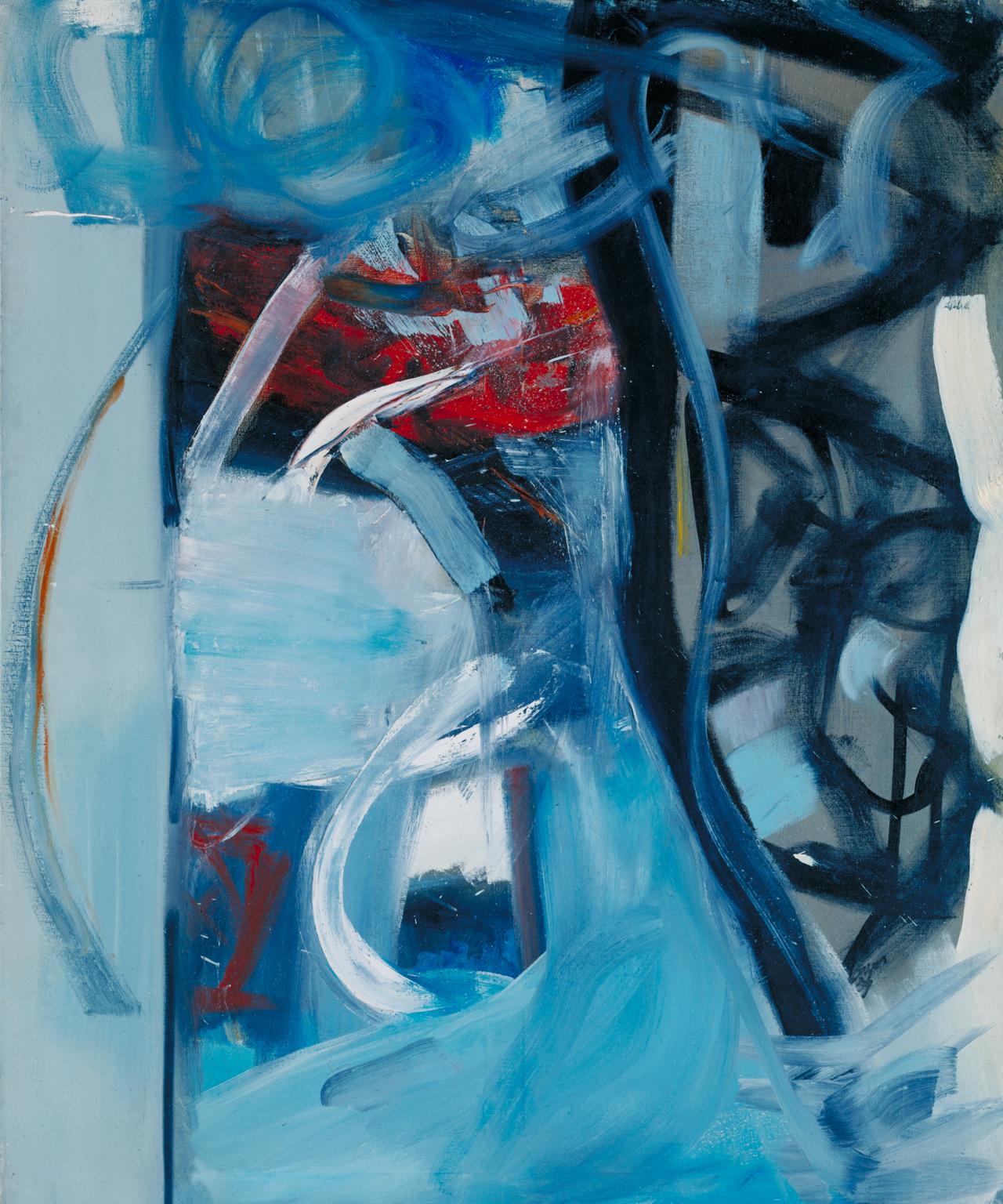
Sorry, no image available
Sorry, no image available
You've viewed 6/9 artworks
You've viewed 9/9 artworks


